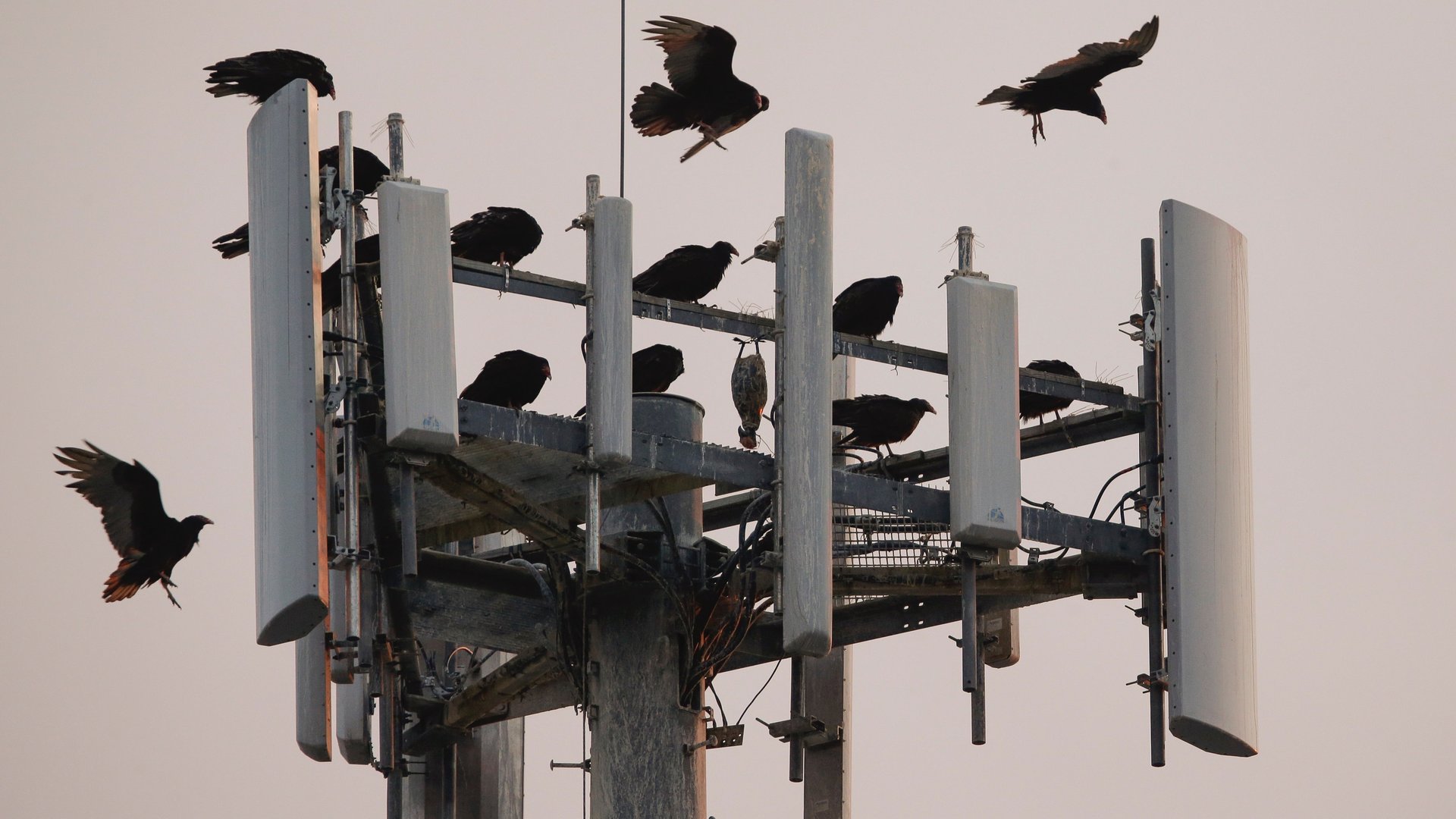Canada is trying to solve a murder by pinging everyone whose cellphone was nearby
After failing to uncover any leads in a year-old murder, Canadian authorities are asking citizens for help—by texting them back.


After failing to uncover any leads in a year-old murder, Canadian authorities are asking citizens for help—by texting them back.
On Dec. 17, 2015, a 65-year-old hitchhiker’s partially burned dead body was discovered near the town of Erin, Ontario. Just the day before, Frederick John Hatch had been seen alive over 300 miles away in Nepean, Ontario. Nobody knows how Hatch covered the distance or how he died.
Last week, the Ontario Provincial Police (OPP) received a court order allowing them to identify the approximately 7,500 mobile phones that were “in the vicinity” of Nepean between 12:30 pm and 3:30 pm on Dec. 16, by gathering cell tower data, CBC News reported. The court gave the homicide investigators permission to send two texts—one in English and the other in French—to ask possible witnesses to come forward with any information they may have about the man’s death.
The police department deployed its “new high-tech investigative technique” (in the words of the Ontario Provincial Police communications office) on Oct. 27, when it texted thousands of people questions investigators thought could help crack the unsolved mystery. The department reportedly received new information through the texts, and is now following up.
The ability to gather geolocation data through cell phone activity and hand it over to the police raises many privacy concerns. In January this year, an Ontario judge denied a police request for a “tower dump” that would have given the authorities the names, numbers, addresses, and banking details stored on nearly 40,000 mobile phones whose signals were picked up by cellphone towers during a slew of jewelry store robberies in early 2014. The court had ruled it a privacy violation at the time.
In this case, the OPP issued a press release assuring the public that it has no names or other information—just the phone numbers.
Nevertheless, these numbers will remain on file until the case is solved. Ann Cavoukian, Ontario’s former information and privacy commissioner, has raised concerns about the police holding on to metadata connected to law-abiding citizens even after the texts are deployed. “I was hoping that if the individual they texted didn’t respond within pre-determined period of time the metadata would be destroyed, but already that’s not the intention,” she told CBC News. Cavoukian also worries that a non-answer could be seen (unfairly) by police as an implication of guilt.
On the flip side, people who played no part in the incident could end up fabricating stories either because of memory distortion, or financial incentive—the police department has also announced a $50,000 reward for anyone who provides details that lead to the arrest and conviction of Hatch’s murderer.
Additionally, cellphone evidence hasn’t proved very reliable. For example, Adnan Syed, the subject of the podcast Serial, was charged with homicide mainly because AT&T telecom records indicated that his phone “pinged” a cellphone tower covering Baltimore’s Leakin Park and nearby areas at 7:09pm and 7:16pm on Jan. 13, 1999—the evening his girlfriend at the time, Hae Min Lee, disappeared. A month later, her body was found in the park.
Sixteen years later, Syed’s lawyers effectively argued that a cover sheet affixed to the original AT&T records faxed to the Baltimore police called the cell phone record evidence into question: “Outgoing calls only are reliable for location status,” it said. “Any incoming calls will NOT be considered reliable information for location.” On grounds that the prosecution should have been barred from using the cell phone evidence, Syed was granted a retrial this June.
In the current Ontario investigation, the cell tower records aren’t being used to pin the blame on the accused. Instead, they are being used to help identify potential witnesses.
It’s actually closer to how the FBI tracked down Ahmad Khan Rahimi, the suspect in the Chelsea bombings this past September. The agency used an emergency alert—the location-based messaging system typically used to warn people about extreme weather and crimes—to send out a wanted notice for Rahimi to residents across New York and New Jersey. The hope was that the FBI would be tipped off to Rahimi’s whereabouts—but it didn’t work. In the end, a bar owner called the police when he saw a man sleeping in the doorway of his establishment, and recognized Rahimi from TV news reports.